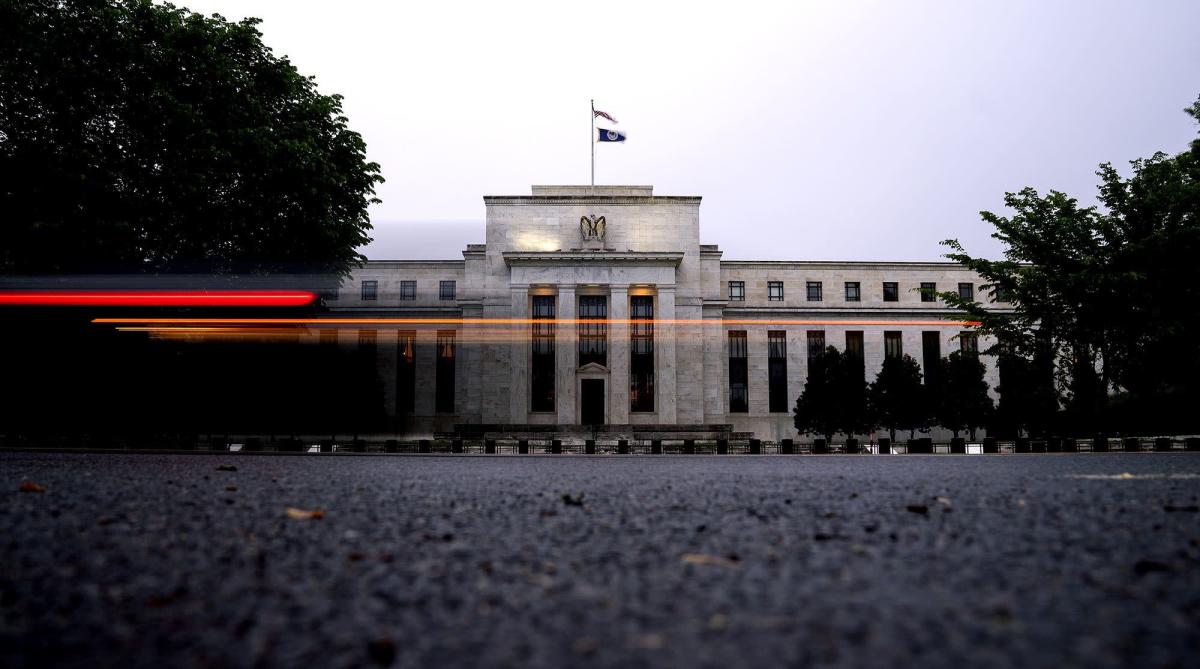
(Bloomberg) — Federal Reserve officials said a strengthening economy and higher inflation could lead to earlier and faster interest-rate increases than previously expected, with some policy makers also favoring starting to shrink the balance sheet soon after.
“Participants generally noted that, given their individual outlooks for the economy, the labor market, and inflation, it may become warranted to increase the federal funds rate sooner or at a faster pace than participants had earlier anticipated,” according to minutes published Wednesday of the Dec. 14-15 meeting of the U.S. central bank’s policy-setting Federal Open Market Committee, when it pivoted to a more aggressive inflation-fighting stance.
“Some participants also noted that it could be appropriate to begin to reduce the size of the Federal Reserve’s balance sheet relatively soon after beginning to raise the federal funds rate,” the minutes said.
The S&P 500 stock index touched a session low following the release of the minutes, while Treasuries extended losses and the dollar pared its decline.
At the conclusion of the December meeting, the FOMC announced it would wind down the Fed’s bond-buying program at a faster pace than first outlined at the previous meeting in early November, citing rising risks from inflation. The new schedule puts the central bank on track to conclude purchases in March.
Rate Forecasts
Fed officials were also unanimous in expecting they would need to begin raising rates this year, according to anonymous projections published after the meeting. That marked a shift from the previous round of forecasts in September, which had shown the FOMC at the time was evenly divided on the question.
Investors expect the Fed to begin raising interest rates in March, according to trading in federal funds futures. The minutes stopped short of providing explicit guidance on the timing of liftoff following almost two years of near-zero borrowing costs.
Fed officials received a briefing from staff members on issues related to normalization of the central bank’s $8.8 trillion balance sheet. During the last rate-hike cycle in the 2010s, the Fed waited almost two years after liftoff to begin trimming assets.
Read more: Quantitative ‘Tightening’? What Is the Fed Thinking?: QuickTake
This time around, “participants judged that the appropriate timing of balance sheet runoff would likely be closer to that of policy rate liftoff than in the committee’s previous experience,” the minutes said.
In addition, “some participants judged that a significant amount of balance sheet shrinkage could be appropriate over the normalization process.”
©2022 Bloomberg L.P.